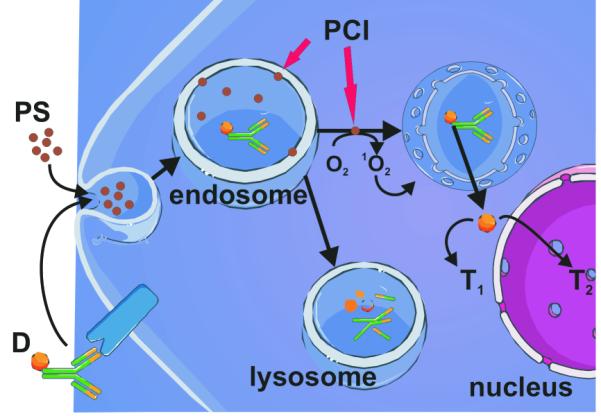Figure 7. The principles of the PCI technology.

The photosensitizer (PS) and the therapeutic compound (D) in this example linked to a monoclonal antibody as a targeting moiety are delivered to the target cells. The photosensitizer and the therapeutic compound are both unable to penetrate the plasma membrane and both are thus endocytosed reaching initially the endocytic compartments (endosome). The photsensitizers used in PCI are integrated into the membranes of the endocytic vesicles. Upon light exposure the photosensitizer becomes activated and form singlet oxygen oxidizing membrane constituents resulting in rupture of the endocytic membranes, allowing the therapeutic compound to reach cellular compartments where its therapeutic targets are located (T1 or T2 (nucleus)). In the absence of light the therapeutic compound may be degraded in the lysosomes.
